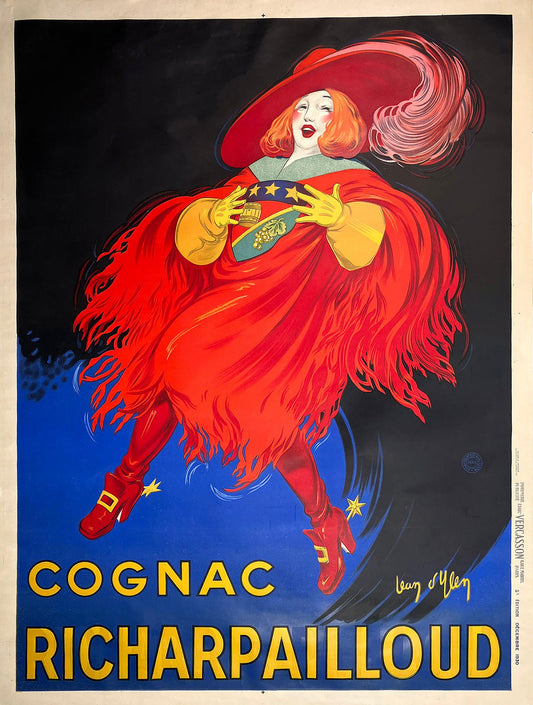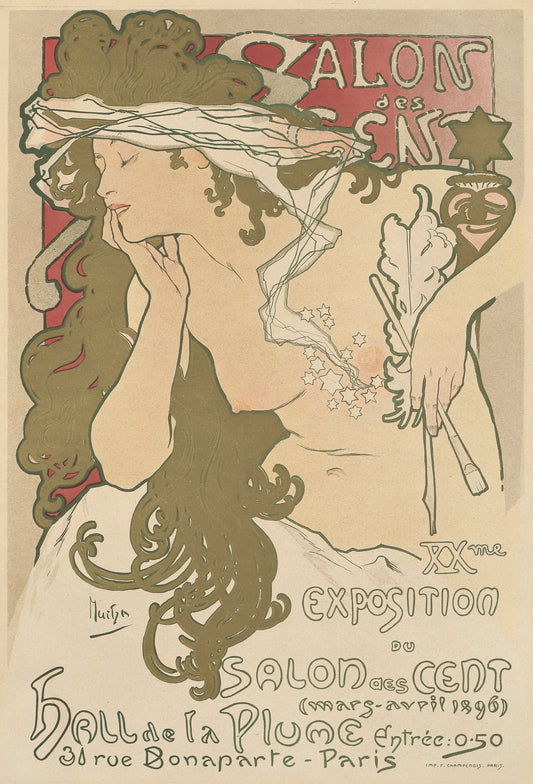Mather Work Incentive Posters & The Ross Art Group
The specific group of Mather posters that we are offering are all from the year 1927 and were actually used in a factory in the Northeast. These posters have stood the test of time very well and we had each conservation mounted onto linen and professionally restored. The posters of 1927 are rarely seen outside of institutions. They were all printed using stone lithography and each poster shows a richness of detail and the subtlety of fine texture that gives them their rich look. Two of the noted artists within this group are William Frederick Elmes and Robert Beebe.
The images in our Mather Collection include football, baseball, auto racing, horse racing, health, loyalty, and patriotism. These posters each measure approximately 36″ x 48″ and are very suitable for all manner of businesses as well in the home. Almost 90 years old, they are collectible as well as attractive.
If you have any questions or comments please address them to me directly.
Click here to view the entire collection of Mather posters.
The History of Mather & Company Work Incentive Posters
Mather and Company produced work incentive posters to motivate employees in factories and businesses across the United States from 1923-1929. Led by entrepreneur Seth Seiders, the privately owned Mather and Company ran a Chicago-based operation that sold products to managers and foremen to mold their workers into the ideal workforce.
Every week, a new poster was displayed in a central location in a factory or a business for all workers to see. Each included a colorful image along with a somewhat concise message. Selling ideas rather than products, Mather and Company posters set out to improve productivity and eliminate waste within each company. Mather salesmen highlighted the idea that each poster could stop a “10cent leak per worker per day,” potentially saving businesses hundreds, if not thousands, of dollars per week.
Taking advantage of a visual format, they touted that their posters could transcend language or literacy barriers, getting each lesson across to a workforce that was radically changing during the 1920s, as immigrants to the U.S., African-Americans, and women became a true mainstay of the American factory workforce. Although these marginalized groups were largely absent from the images of the posters themselves, the text and images of each piece acted as a guide for the worker, with a weekly explanation of how to not only survive, but also succeed within his or her work-life. Mather and Company provided a product through which institutionalized modes of behavior could be taught. The posters repeatedly extol the virtues of hard work, efficiency, and—representative of their time—proper American behavior.
Attention-grabbing – especially in dull, monotone work environments – Mather and Company posters found their niche and soon became a popular instructional tool for thousands of companies nationwide. Their sales lists include big names such as General Motors, the Kellogg Company, and Kodak, and the company ultimately extended its reaches across the US into Canada, and even to England during the latter part of the 1920s.
The Catalog: How Mather and Company Sold Posters
Every year, salesmen were sent out across the country to sell a collection of seventy-eight posters. Armed with a full-color catalogue of images and a lengthy handbook of talking points, they had to first identify to whom exactly they were selling. This figure became known as the “Pivot Man, otherwise known as the foreman or the manager and it was he, and not the average worker, to whom the catalogue catered. Including a scaled-down illustrated listing of the seventy-eight posters, the catalogue began with an introduction that outlined the effects of the incentive posters on workers, entitled Hints and Helps for the Pivot Man, written by the President of the company, Seth Seiders himself.
Thinking in terms of Frederick Taylor’s wildly popular theory of scientific management, Mather and Company’s catalogue marketed itself to a new class of middle management and assured them their goals could be met with the use of these posters—goals that were no longer applicable to factory owners. Sections with subheadings such as Group Leaders Are Responsible speak directly to a management that is sub-divided into departments, and the catalogue’s language plays on the imperative of success to each one of these individual departments. The catalogue clearly makes this distinction and speaks of the average worker as malleable being: “Equipment doesn’t think — a man does think… Therefore, Workers must be taught to think right.”
Once a salesman had the Pivot Man’s signature, the posters were sent out, and employers were instructed to hang a new one each week. Several other supplementary pieces were included for national holidays, and even these set out to cure destructive thinking.
(Credit for the above and thanks to Lauren De Filippo)




